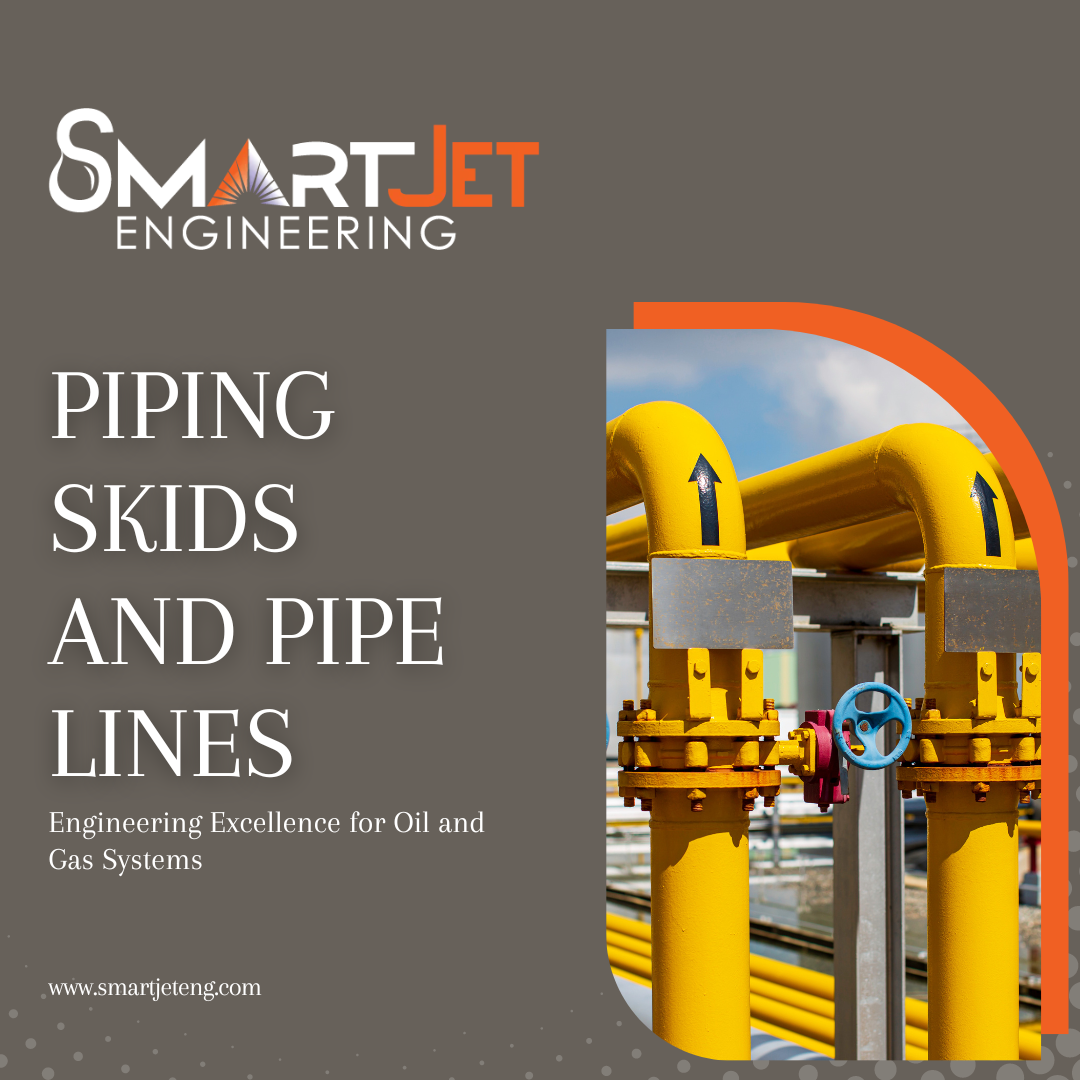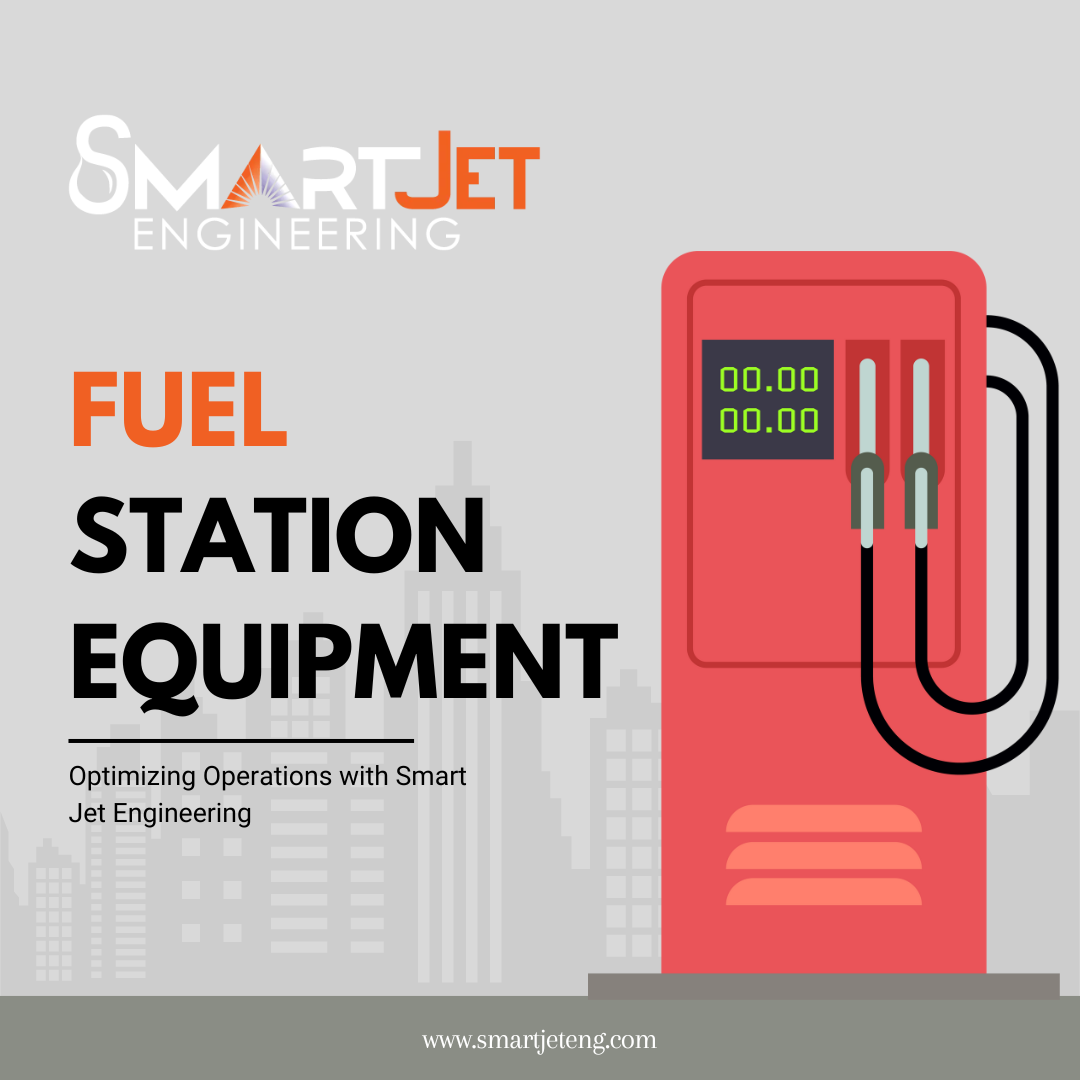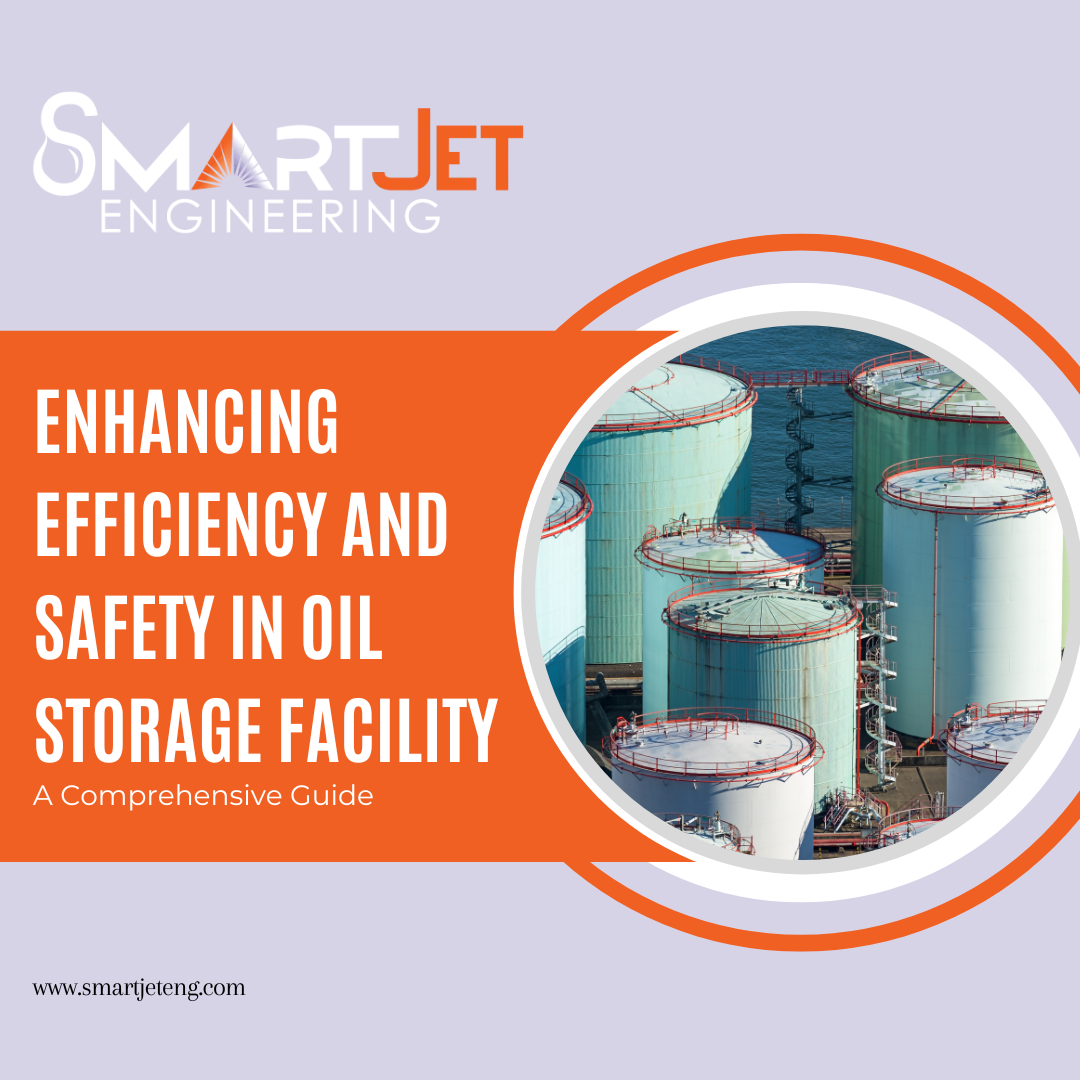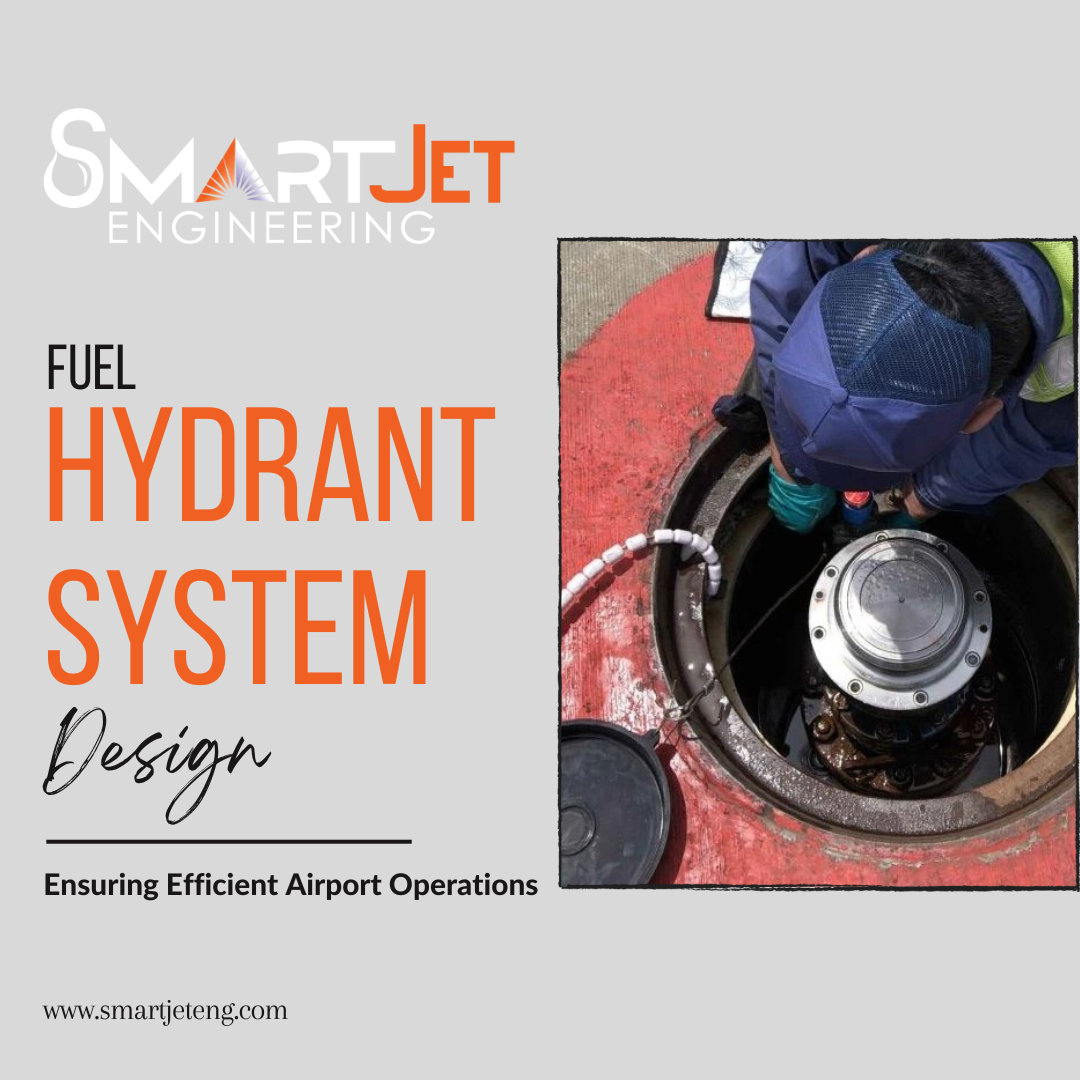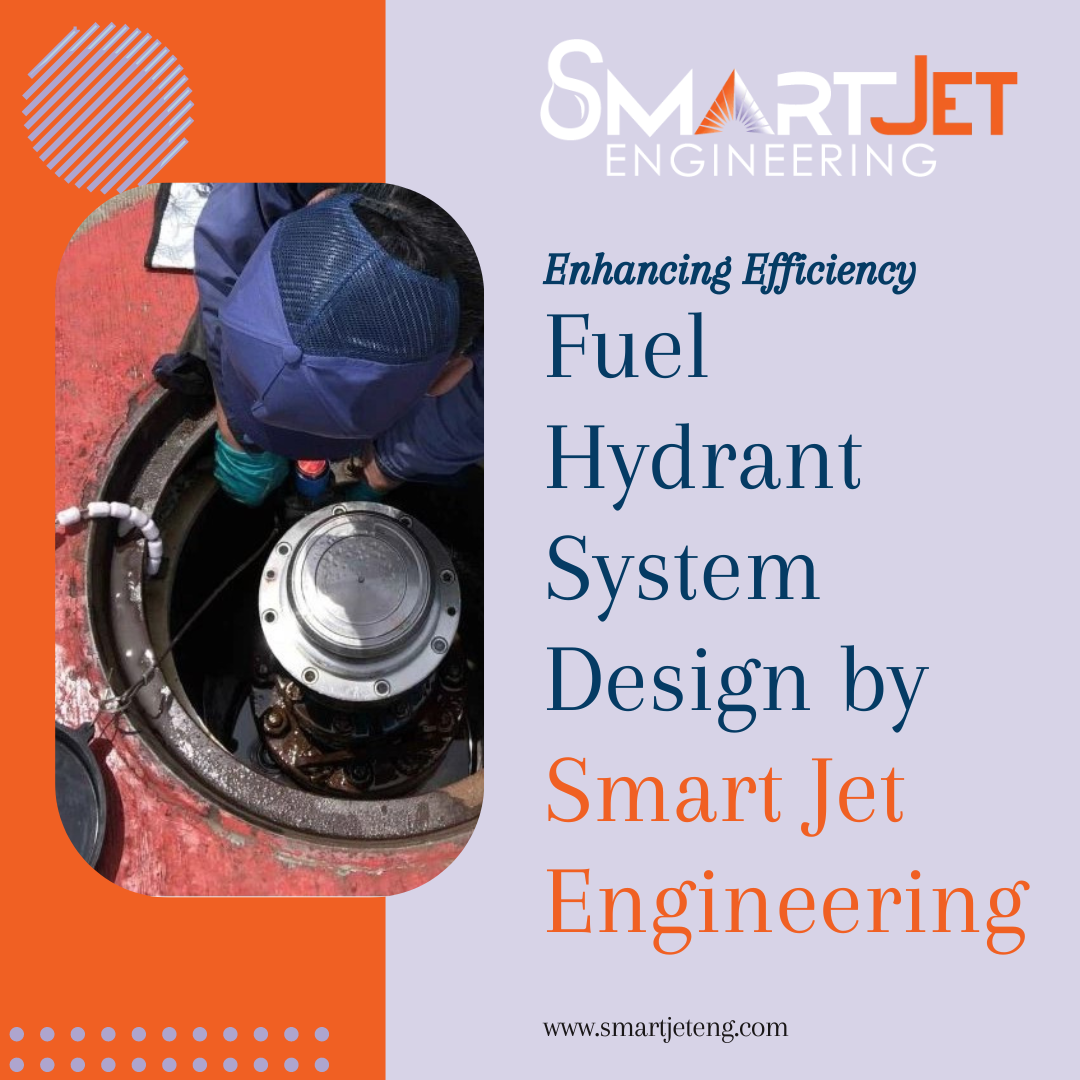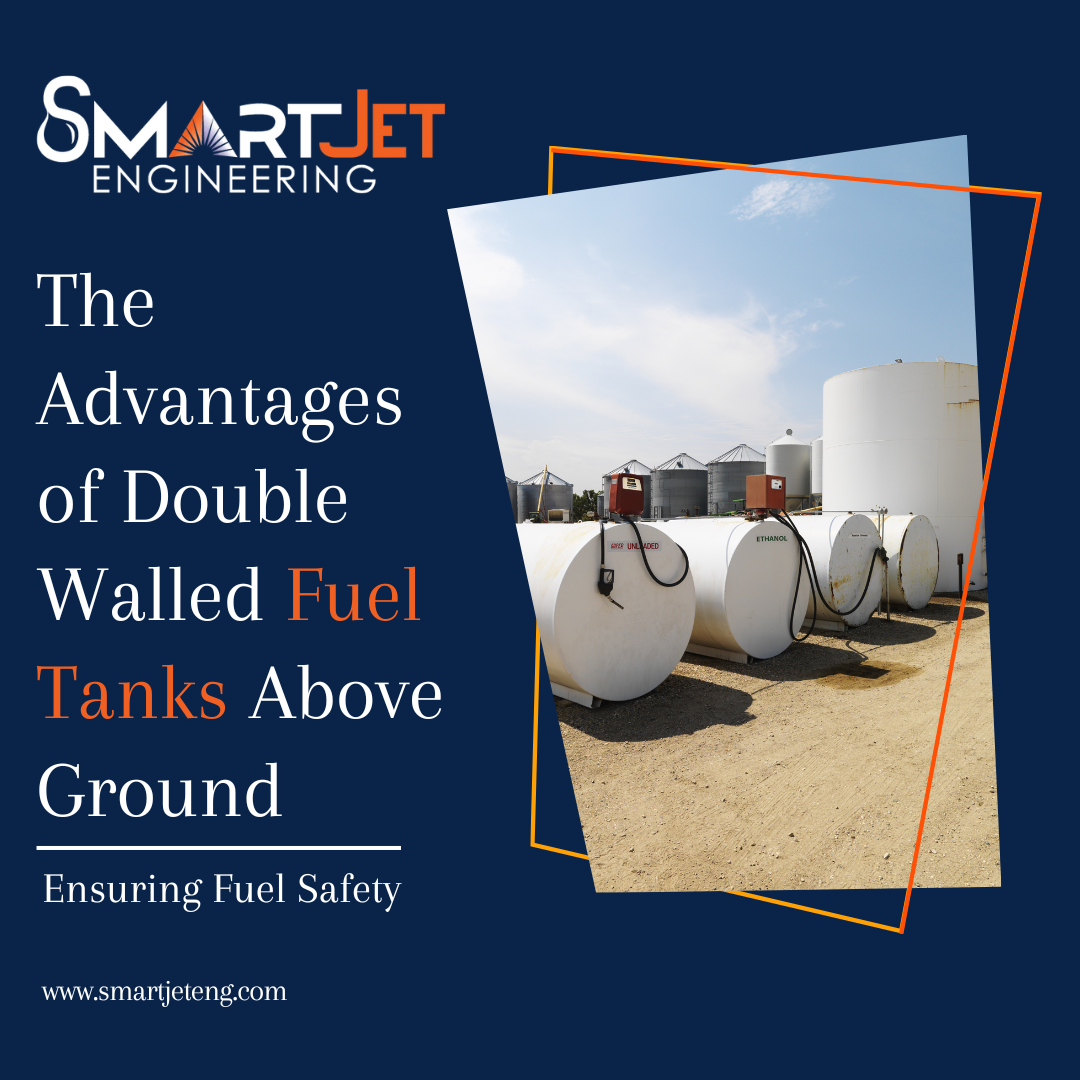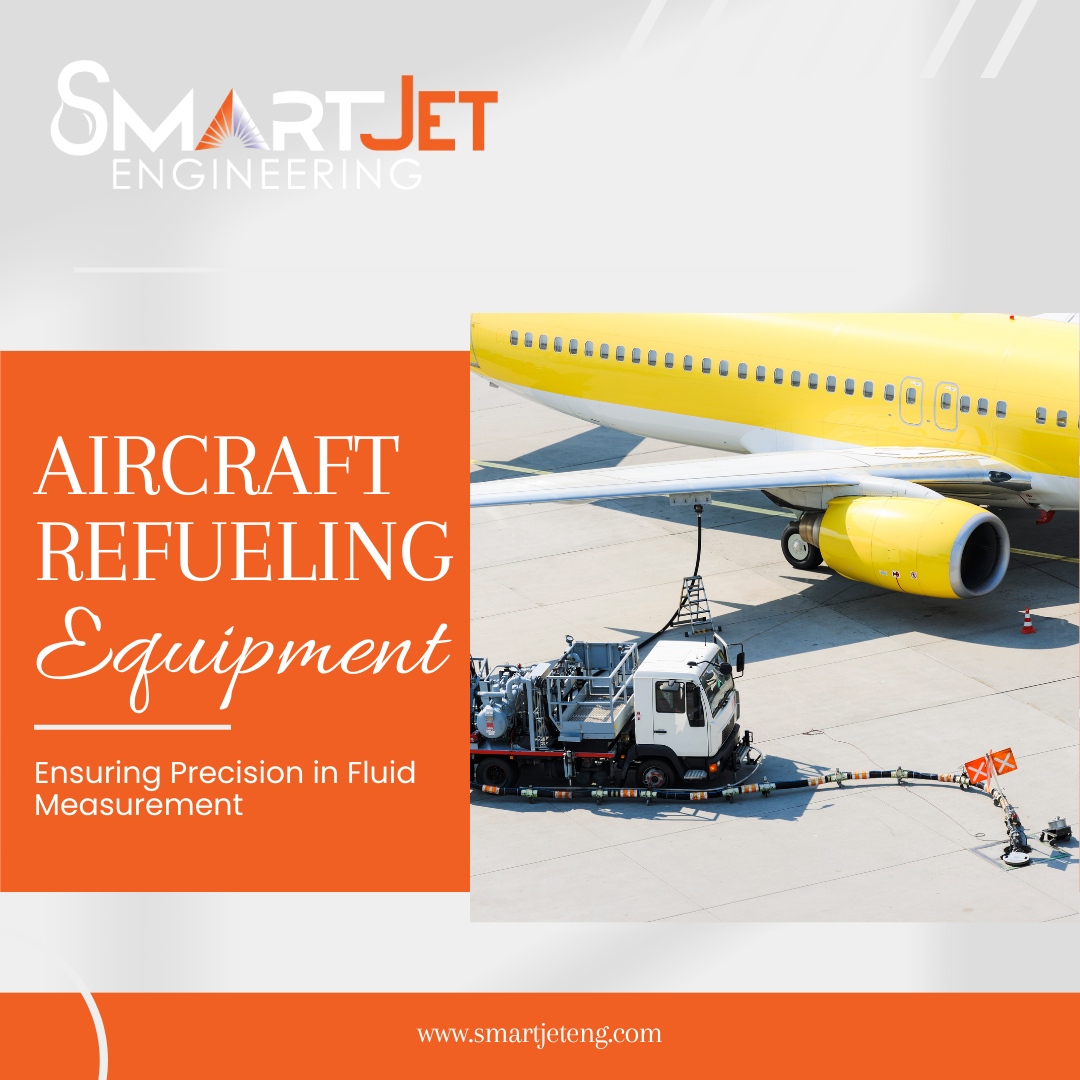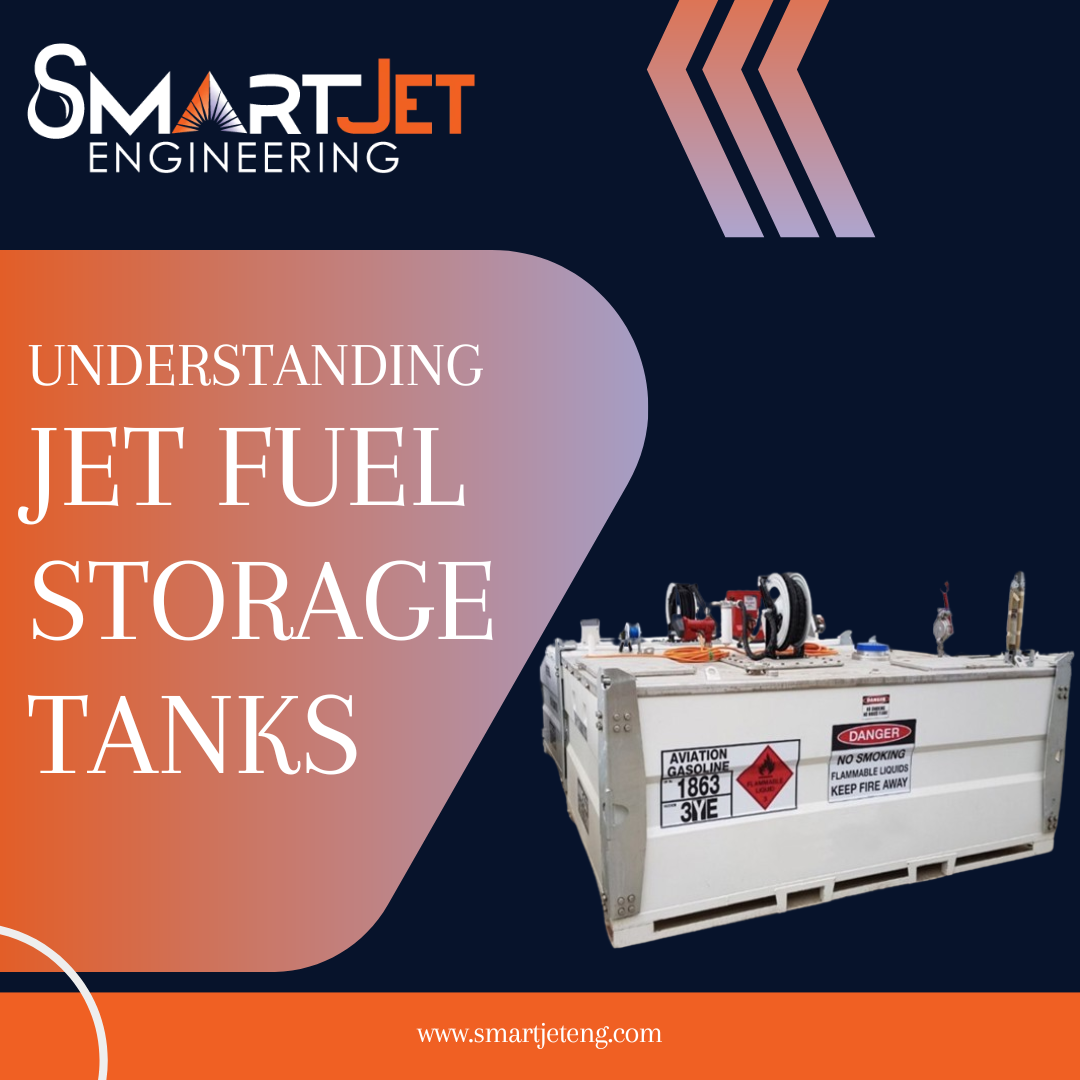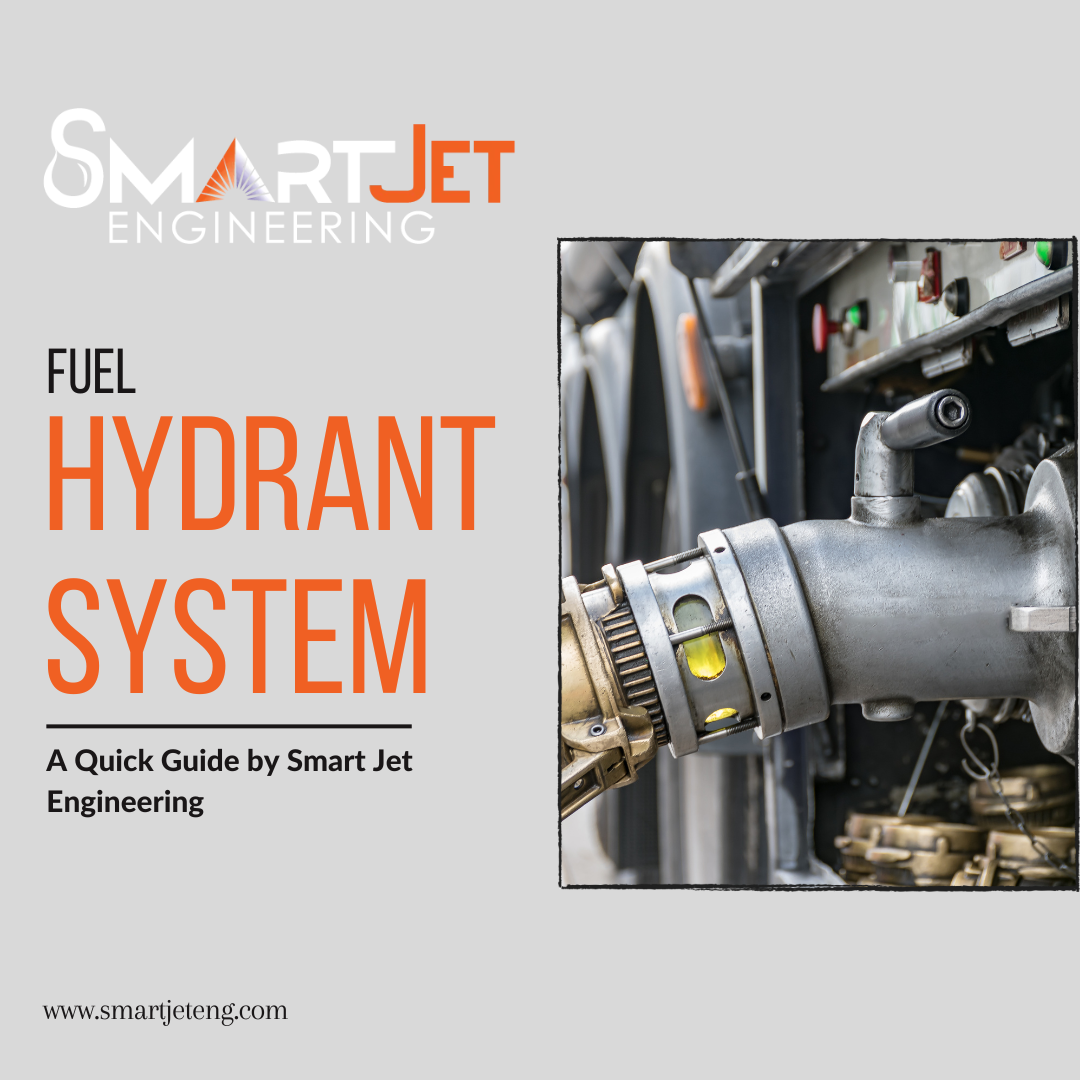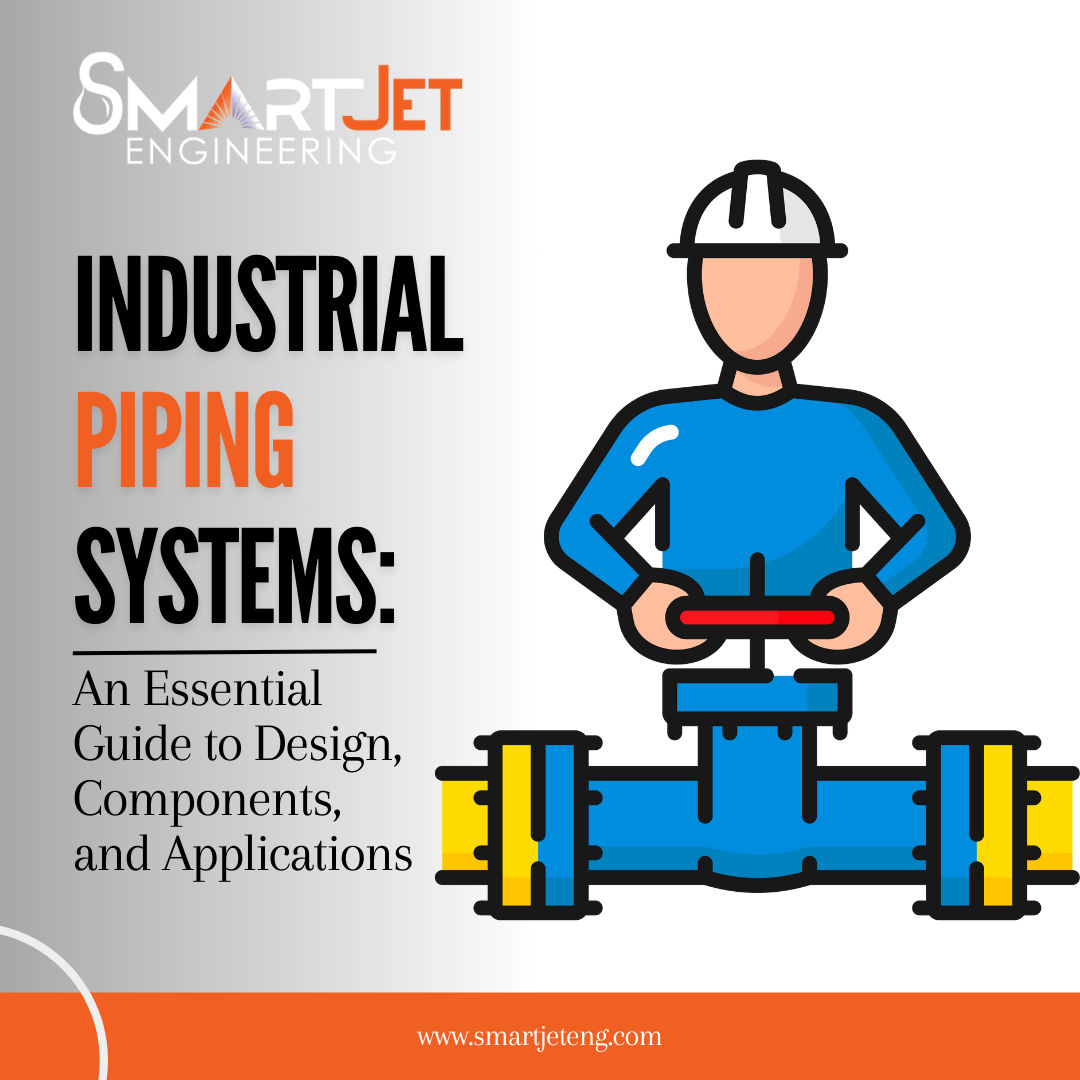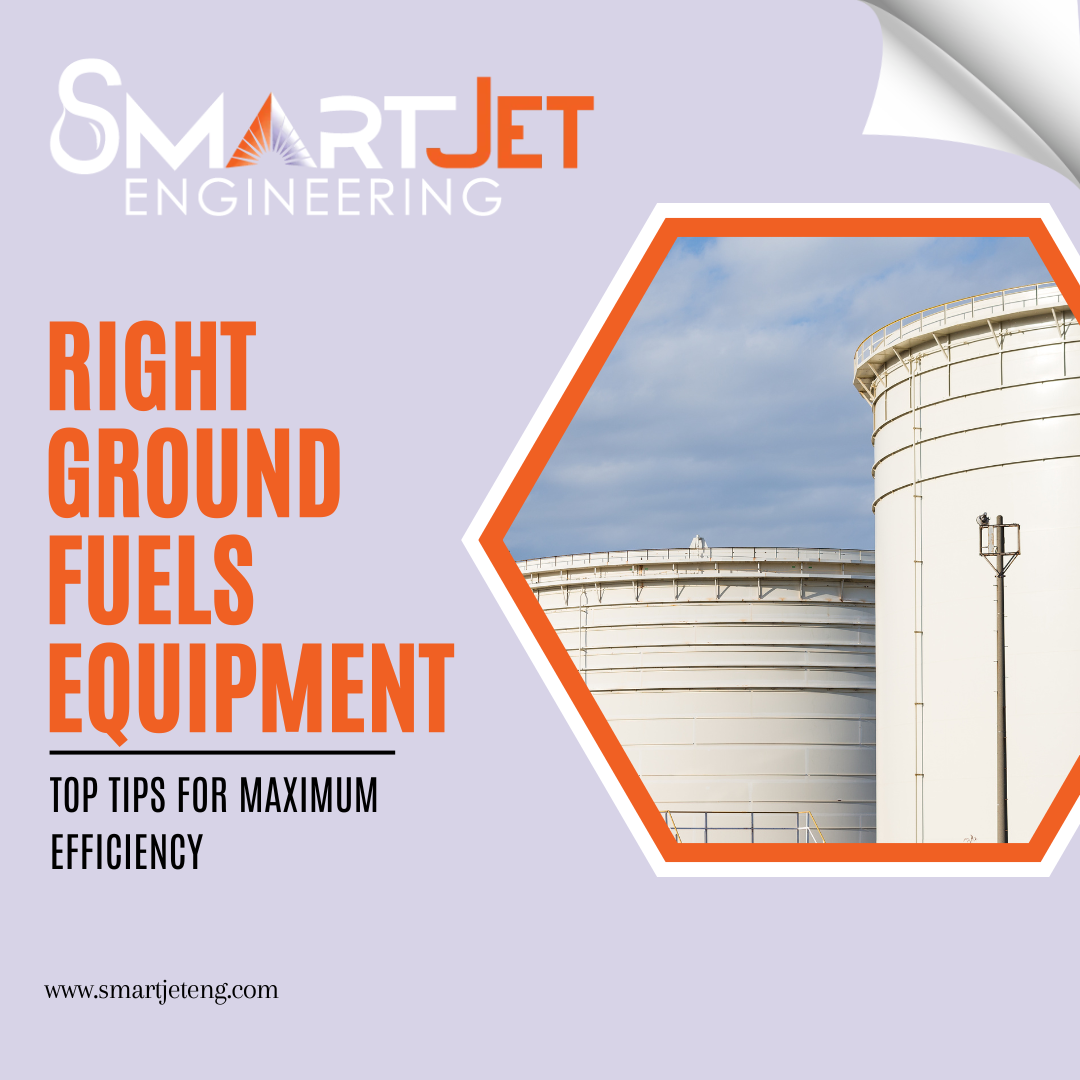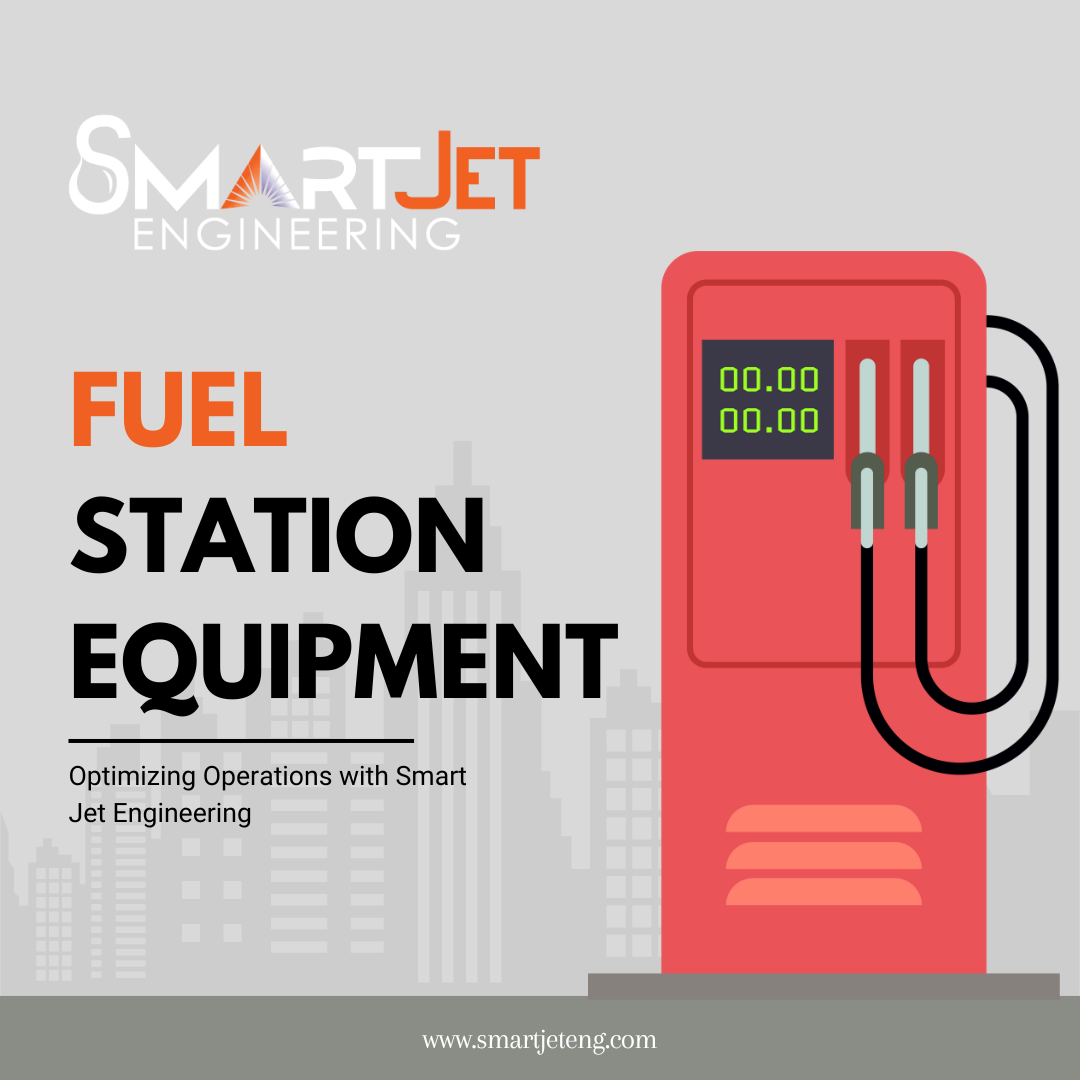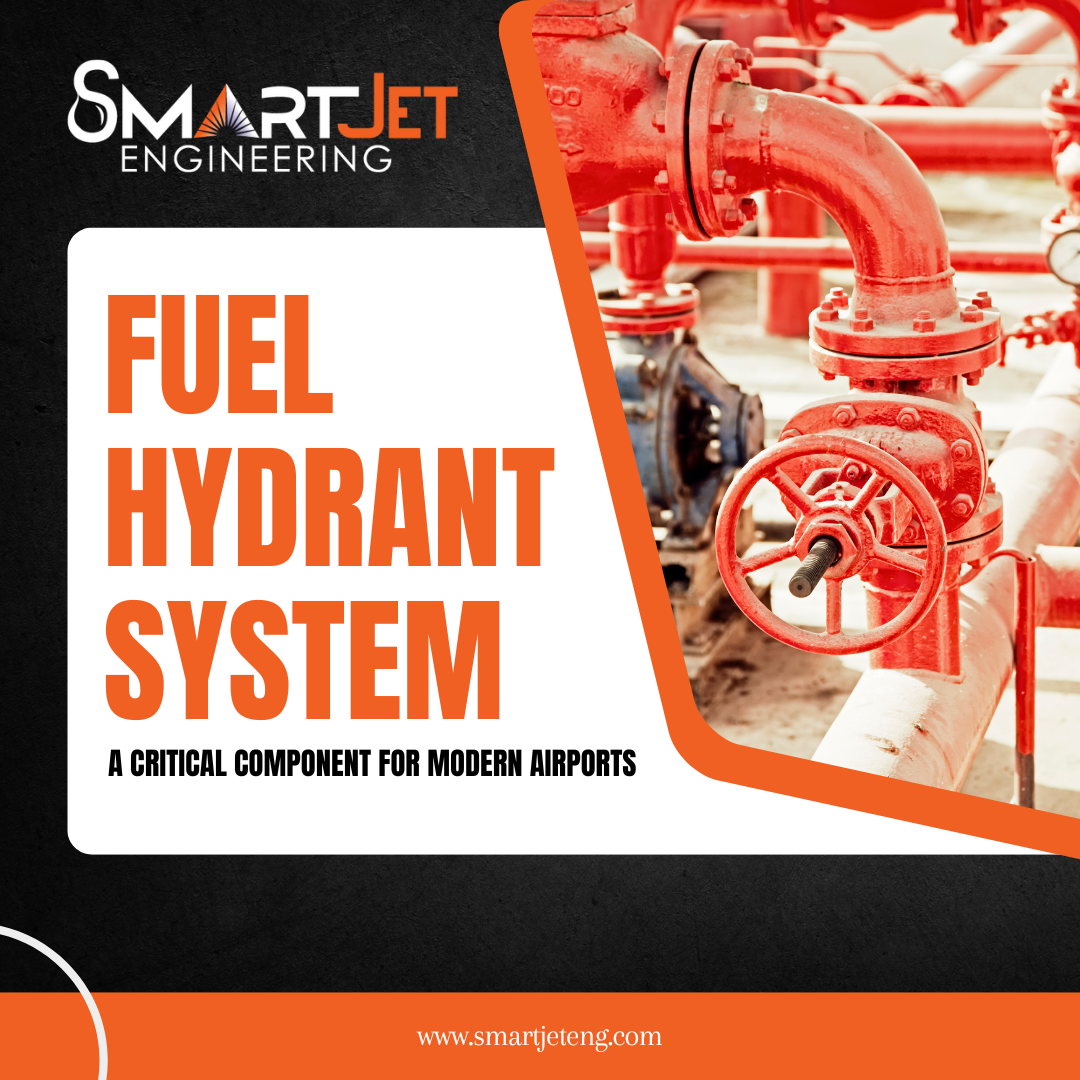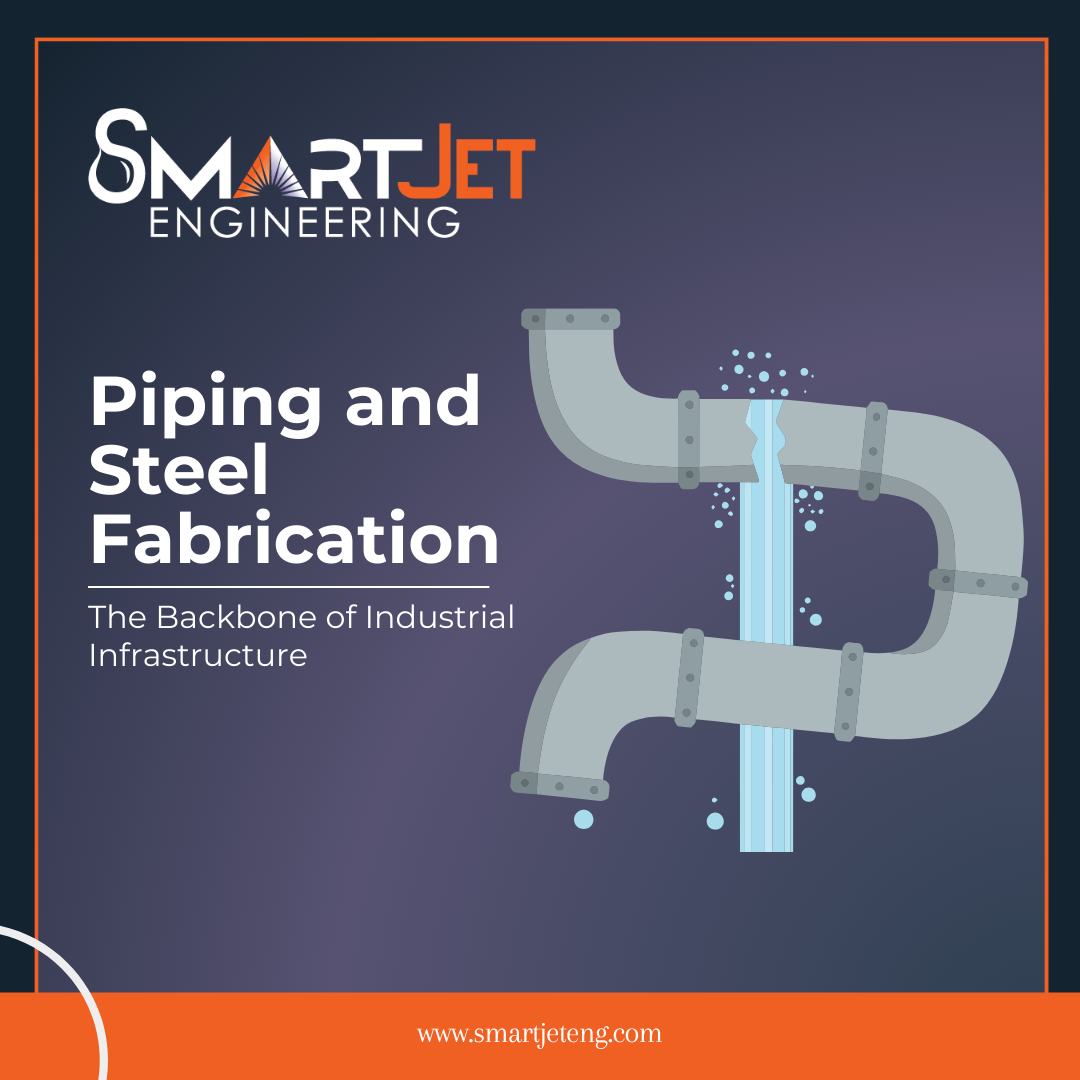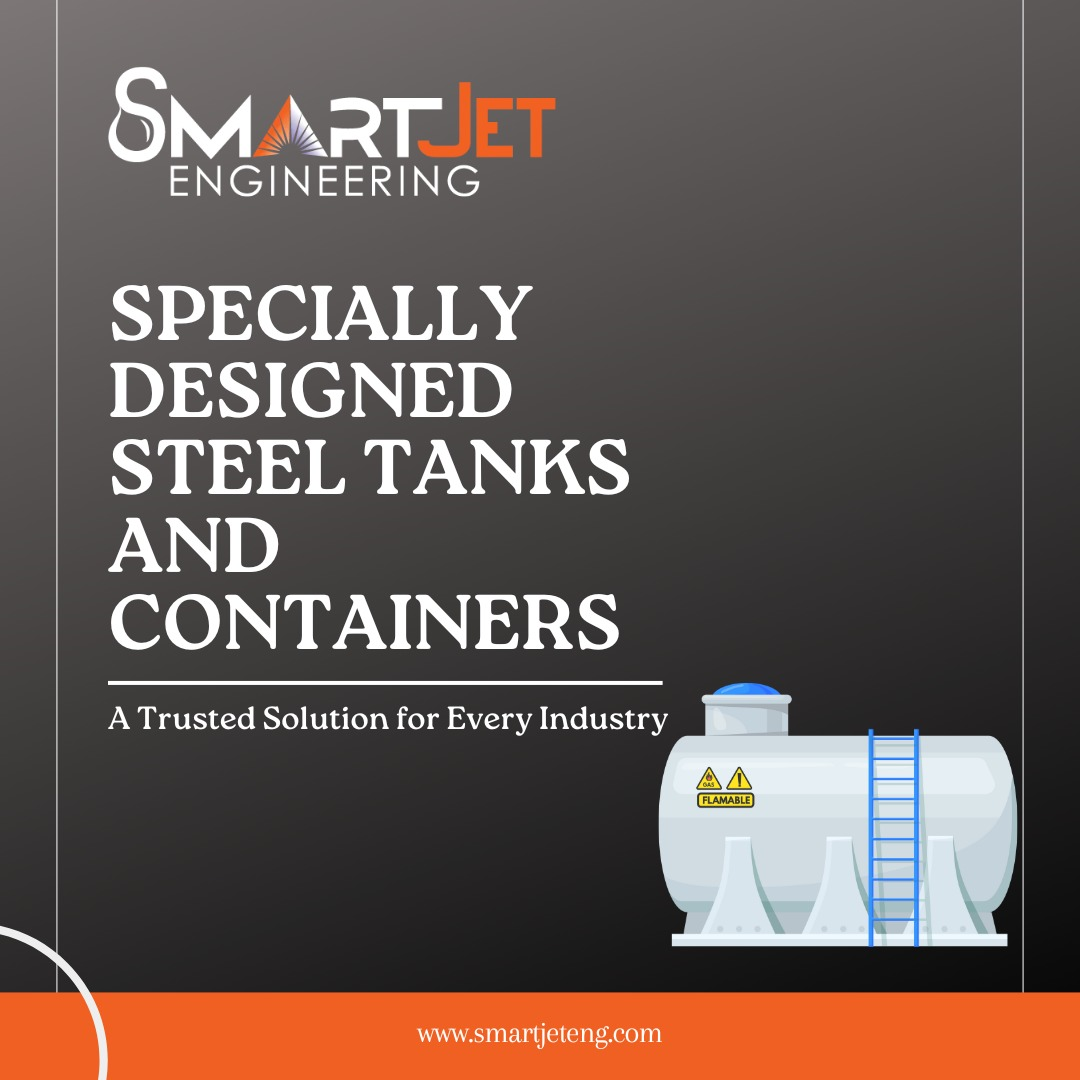Oil Storage Facility 101
By - Admin

Oil Storage Facility 101: What You Need to Know About Design, Safety, and Regulations
Oil storage facilities are critical components in the oil and gas industry. These facilities, whether large terminals or smaller storage tanks, play a key role in ensuring the secure handling, storage, and transfer of oil. However, designing and maintaining these facilities involves more than just building a tank and filling it up; safety, regulatory compliance, and careful planning are essential for preventing accidents and ensuring operational efficiency.
In this guide, we’ll take a deep dive into the essentials of oil storage facility design, safety considerations, and the regulations that govern these critical structures. Let’s get started!
The Importance of Oil Storage Facilities
Oil storage facilities serve multiple purposes, including the storage of crude oil, refined products, and other petrochemical substances. These facilities are essential for maintaining a steady supply of fuel to meet market demand and for mitigating disruptions in supply chains. Additionally, they offer storage solutions for surplus production and act as staging areas for transport, refining, and distribution.
1. Types of Oil Storage Tanks and Their Uses
Oil storage facilities generally use specific types of tanks, each designed for particular purposes and environments:
- Fixed Roof Tanks: Common for storing petroleum products at ambient pressure. These tanks are simple in design, with a fixed roof and venting to accommodate pressure changes.
- Floating Roof Tanks: Typically used for crude oil, these tanks have a roof that floats on top of the oil to minimize vapor loss and reduce fire hazards.
- Spherical Tanks: Known for their high-pressure tolerance, these tanks store liquefied gases and are common in facilities dealing with volatile substances.
- Horizontal Tanks: Often used for smaller storage needs, such as diesel or gasoline, horizontal tanks are economical and easy to install.
Each tank type has its own advantages, making it crucial to choose the right design for the intended storage material.
2. Key Design Considerations for Oil Storage Facilities
Building an oil storage facility involves detailed planning to ensure both functionality and safety. Here are some of the top design factors:
- Capacity and Sizing: Determine how much storage capacity is needed based on demand and operational needs. Overestimating or underestimating can lead to cost issues or supply challenges.
- Material Selection: Tanks are usually made from carbon steel, stainless steel, or fiberglass, depending on the type of oil or gas being stored.
- Location and Accessibility: Proximity to transport routes, pipelines, and refining facilities is essential for efficient operations.
- Ventilation and Vapor Control: Proper ventilation systems are critical to control vapor emissions, especially for volatile substances.
3. Essential Safety Features in Oil Storage Facilities
Safety is the highest priority when it comes to oil storage. The risks involved with storing flammable materials require multiple safety features, such as:
- Secondary Containment Systems: These barriers, usually dikes or berms, capture leaks or spills, preventing them from spreading.
- Fire Suppression Systems: Foam-based suppression systems, fire hydrants, and sprinklers are vital in containing fires before they escalate.
- Automatic Shut-Off Valves: Used to halt the flow of oil in case of emergencies, minimizing potential hazards.
- Gas Detectors and Alarms: Placing gas detectors around the facility helps identify leaks early, allowing for rapid response.
Implementing these safety measures can prevent accidents, reduce environmental impacts, and protect the people working in and around the facility.
4. The Role of Maintenance in Oil Storage Facility Safety
Regular maintenance is key to ensuring an oil storage facility remains safe and functional. Maintenance tasks often include:
- Routine Inspections: Check for leaks, structural integrity, and signs of corrosion. This ensures issues are caught before they become serious problems.
- Tank Cleaning: Regular cleaning of tanks is essential to remove buildup and prevent contamination of stored oil.
- Valve and Seal Checks: Inspect valves and seals for wear and tear, as faulty seals can lead to leaks or operational disruptions.
A proactive maintenance plan can help in extending the lifespan of the facility and improving safety conditions.
5. Regulatory Requirements for Oil Storage Facilities
Oil storage facilities are subject to strict regulations that vary by region. Some of the major regulatory bodies include the Environmental Protection Agency (EPA) in the United States, the European Union’s Environmental Protection regulations, and the Occupational Safety and Health Administration (OSHA).
- Environmental Protection Laws: These regulations focus on minimizing the environmental impact of oil storage, with strict controls on emissions, spill prevention, and cleanup.
- Fire Safety Codes: Most jurisdictions require oil storage facilities to follow specific fire safety regulations, including the use of fire-resistant materials and adequate spacing between tanks.
- Workplace Safety Standards: Worker safety is essential, with regulations covering personal protective equipment (PPE), emergency response plans, and access controls.
Compliance with these regulations is non-negotiable, as failure to comply can result in hefty fines, operational shutdowns, and even legal consequences.
6. Planning for Emergency Response
Even with the best precautions, emergencies can still occur in oil storage facilities. Having a robust emergency response plan ensures preparedness for any situation. Key components include:
- Emergency Shut-Off Protocols: Procedures for shutting down operations quickly in the event of a fire or leak.
- Evacuation Plans: Clear evacuation routes and procedures to ensure worker safety.
- Coordination with Local Authorities: Working with fire departments and emergency responders ensures swift and efficient handling of any incidents.
Regularly training staff on emergency procedures and conducting drills helps reinforce response readiness.
7. Managing Environmental Impact: Spill Prevention and Cleanup
Spill prevention and cleanup are critical aspects of an oil storage facility’s environmental responsibilities. Facilities often implement spill prevention measures such as:
- Double-Layered Tanks: These tanks provide extra protection by containing oil within a second layer, reducing the risk of external leakage.
- Spill Containment Systems: Containment barriers and collection systems capture any leaked oil, minimizing the potential for soil or water contamination.
- Immediate Cleanup Protocols: In the event of a spill, having a cleanup protocol minimizes environmental impact, from containment to remediation.
These measures, combined with regular staff training, reduce the facility’s overall environmental footprint and contribute to community and ecological health.
8. The Role of Technology in Modern Oil Storage Facilities
Technology plays an important role in the safety, monitoring, and efficiency of oil storage facilities. Key technological advancements include:
- Remote Monitoring Systems: Sensors that provide real-time data on tank levels, temperature, and pressure can prevent accidents.
- Automation in Valve and Flow Control: Automated systems enable precise control, reducing human error in the handling of flammable materials.
- Predictive Maintenance Software: By analyzing historical data, these tools predict maintenance needs before issues arise.
Using technology can improve accuracy and enhance operational efficiency, making oil storage safer and more cost-effective.
9. Training and Safety Culture in Oil Storage Facilities
A strong safety culture within an oil storage facility is essential for long-term operational success. Employees should receive regular training that covers:
- Operational Safety: Knowing how to operate equipment safely and handle materials properly.
- Emergency Procedures: Reinforcing emergency response actions ensures everyone knows what to do in a crisis.
- Environmental Awareness: Educating staff on environmental best practices encourages responsible handling of materials and waste.
When safety becomes second nature for employees, it contributes to a safer, more efficient work environment.
10. The Future of Oil Storage Facilities: Emphasis on Safety and Sustainability
The oil storage industry is evolving to prioritize safety and environmental responsibility. From advancements in tank design to improvements in fire safety and regulatory frameworks, the focus is shifting toward more sustainable practices. Emerging technologies, such as green tank materials and more efficient energy management systems, are becoming common as facilities seek to reduce their carbon footprint.
Conclusion
Designing and managing an oil storage facility is a complex endeavor that demands attention to safety, regulations, and environmental impact. From selecting the right type of tank and implementing fire safety measures to ensuring compliance with regulations, every aspect contributes to the facility’s safety and functionality.
For businesses seeking expertise in building safe and sustainable oil storage solutions, Smart Jet Engineering is a trusted partner. With a commitment to quality, safety, and innovation, we offer comprehensive services that prioritize operational efficiency and regulatory compliance, helping you achieve secure and effective storage solutions for the long term.






